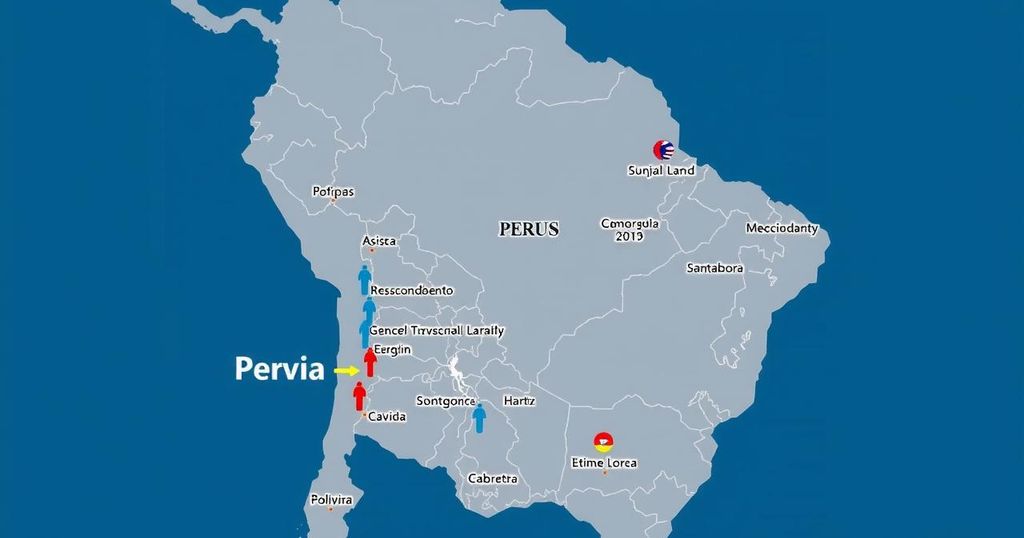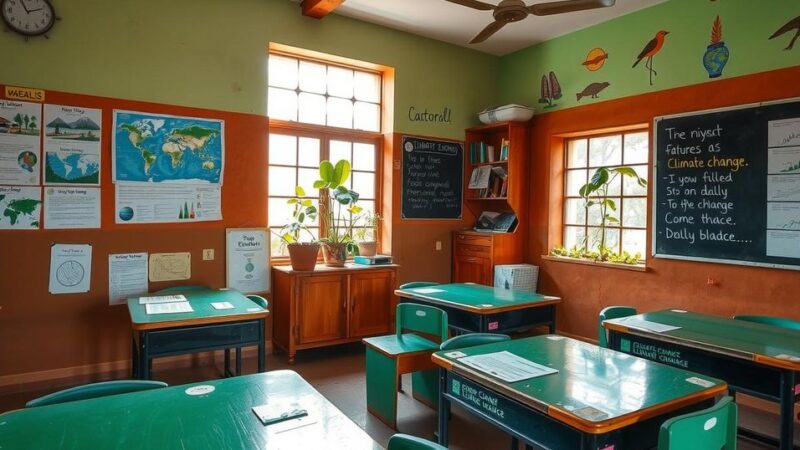Peru braces for possible increased migration from Bolivia amid economic chaos in Bolivia. Peruvian Finance Minister José Arista highlights the challenges and potential benefits of migration, especially following the recent influx of Venezuelans. While optimistic about Peru’s economic growth, he stresses the need for careful management of migrant absorption, particularly if new arrivals lack skills.
Peru is on alert for increased migration from Bolivia as the latter faces significant economic turmoil. Peruvian Finance Minister José Arista expressed concerns over the potential impact of a collapsing Bolivian economy on migration patterns, highlighting the uncertainty surrounding Bolivia’s economic activities. With dwindling foreign currency reserves, soaring inflation, and severe fuel shortages, Bolivia’s situation has created a fast-unraveling environment. Arista acknowledged that while the government remains optimistic about Peru’s economy, allowing migration to flow could present challenges, particularly if migrants possess low skill levels. Recent years have been marked by significant migration movements in South America, particularly due to the flight of seven million Venezuelans in search of better opportunities and safety. Approximately 1.5 million Venezuelans have settled in Peru over the past decade, leading to rising xenophobia and heightened government scrutiny over immigration. Arista revealed that, although he sees potential economic benefits from migration, there are limits to how much labor can be absorbed effectively. He noted that the influx of Venezuelan migrants occurred during a period when Peru did not have the capacity to fully integrate them into the workforce. Despite these challenges, Minister Arista remains positive about Peru’s economic growth, suggesting it positions the country as a more attractive destination for Bolivian migrants compared to neighbors like Chile and Argentina. He articulated a growth projection of three percent for Peru and expressed hope for an accelerated rate in the upcoming year, saying, “I think that population will choose Peru.” Arista’s remarks underline Peru’s attempts to balance economic recovery and migration management amid regional instability.
The economic landscape in South America is evolving, notably influenced by migration patterns from neighboring countries. The ongoing crisis in Venezuela has resulted in millions of Venezuelans fleeing to various Latin American nations, including Peru. This influx has raised socio-economic challenges, such as xenophobia and strains on local resources. Concurrently, Bolivia is facing economic difficulties, including currency devaluation and rising inflation, which may exacerbate migration pressures towards Peru. Peruvian authorities are concerned about integrating new immigrants into the economy while maintaining stability.
In summary, Peru is preparing for a potential wave of migration from Bolivia as the latter faces economic instability. Authorities are closely monitoring the situation, and Minister Arista emphasizes the importance of managing migration efficiently to ensure the economy’s stability. While optimistic about Peru’s growth trajectory, it is vital to balance economic opportunities with the challenges posed by incoming migrants, particularly those with lower skill sets.
Original Source: www.batimes.com.ar






